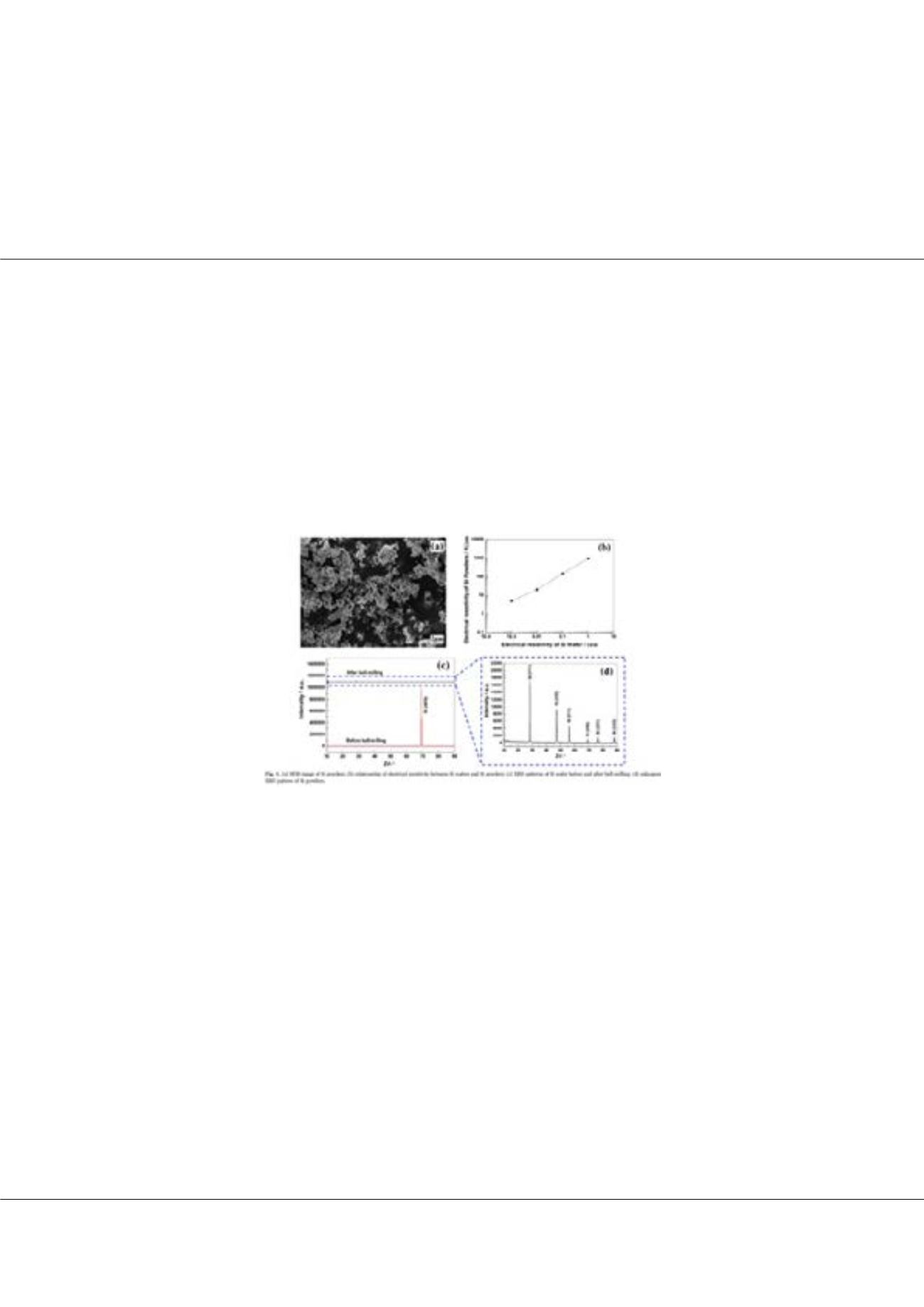

Page 46
Notes:
conferenceseries
.com
RRJOMS | Volume 5 | Issue 4 | July, 2017
July 27-29, 2017 Vancouver, Canada
10
th
International Conference on
Emerging Materials and Nanotechnology
Nano-Si: With good performance in solar cells and lithium ion batteries
Zhihao Yue
Nanchang University, China
W
e have done much work about silicon (Si) in solar cells and lithium ion batteries (LIBs). In the aspect of solar cell, we used silver
(Ag)-assisted chemical etching method to fabricate black silicon solar cells with efficiency over 18% in 2013 and large-scale
production was carried out. Besides, nickel, which is cheaper than Ag, was used as assisted metal to fabricate black silicon structure
for the first time and surface reflectance of 1.59% was obtained. In the aspect of LIBs, we used Si powders made from broken Si
wafers with different electrical resistivity in semiconductor industry as anode material in LIBs. We found that Si powders made from
Si wafers with lower electrical resistivity show better electrochemical performance (higher capacity, and better rate performance) in
LIBs. Therefore, broken Si wafers in semiconductor industry should be classified according to their electrical resistivity, which can be
convenient for being used as anode raw materials for LIBs.
Biography
Zhihao Yue has his expertise in using nano-silicon structures to improve the efficiency of silicon solar cell and the electrochemical properties of silicon anode materials
in lithium ion batteries. He used cheaper metal nickel (compared with silver) as assisted metal to fabricate nanostructures on silicon surface and investigated its
etching mechanism deeply, which is the first study about nickel-assisted chemical etching method for black silicon solar cells. Besides, he systematically studied
the effect of intrinsic electrical resistivity of silicon materials on its performance in lithium ion batteries for the first time and found that silicon materials with lower
electrical resistivity present better charge-discharge properties.
yuezhihao@ncu.edu.cnZhihao Yue, Res. Rev. J Mat. Sci. 2017
DOI: 10.4172/2321-6212-C1-002
















